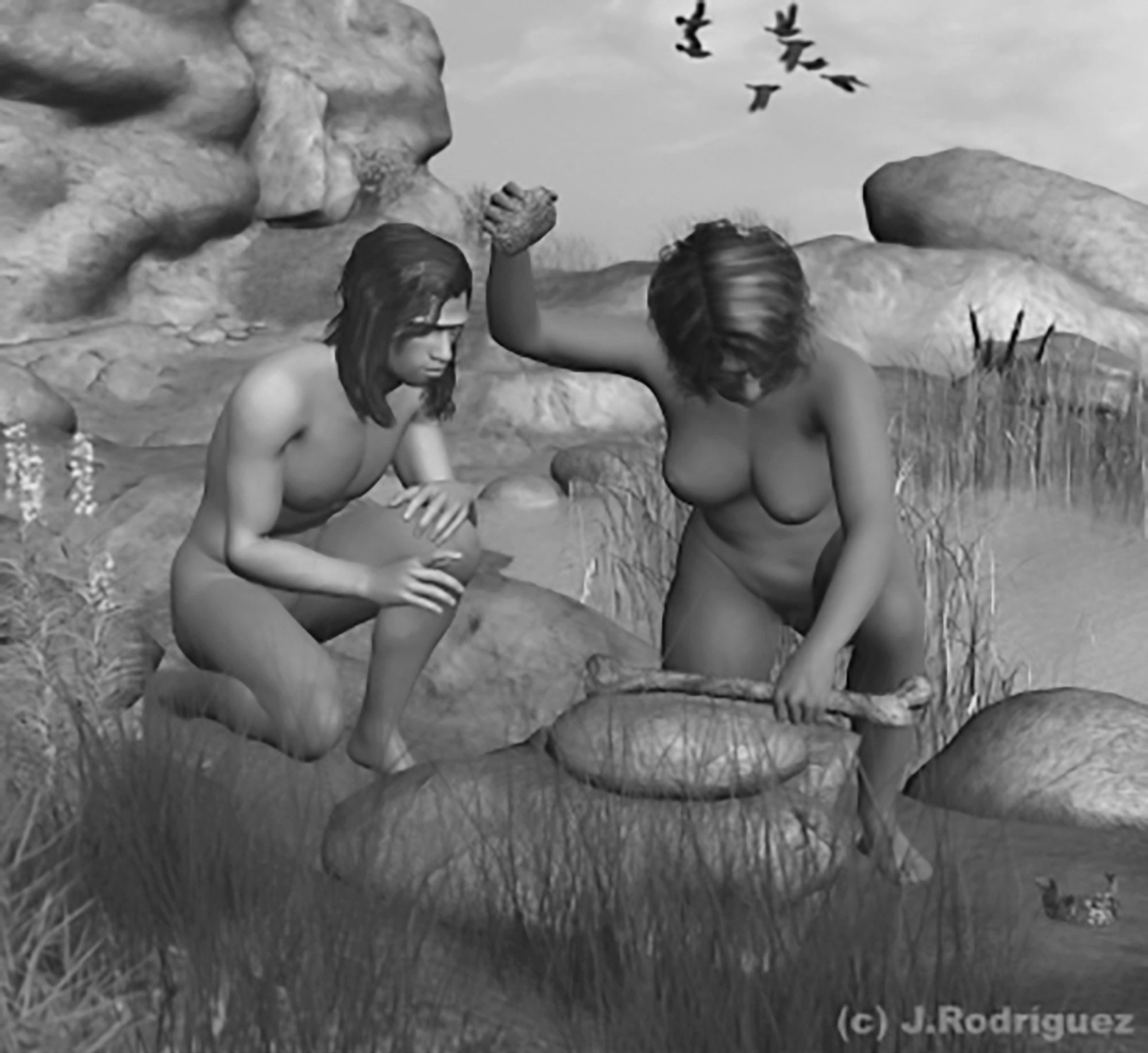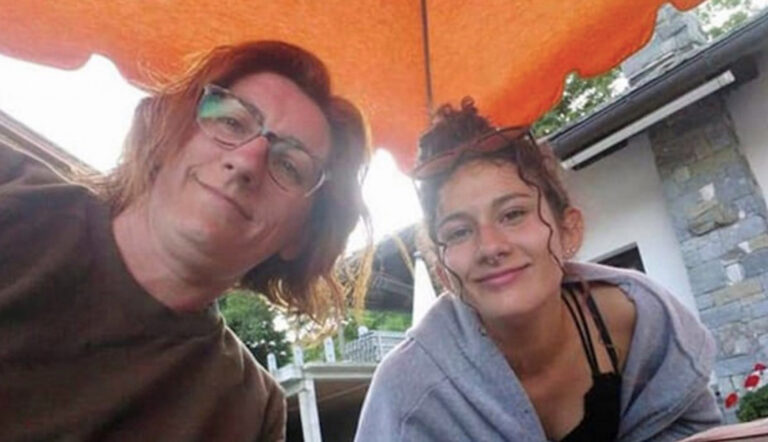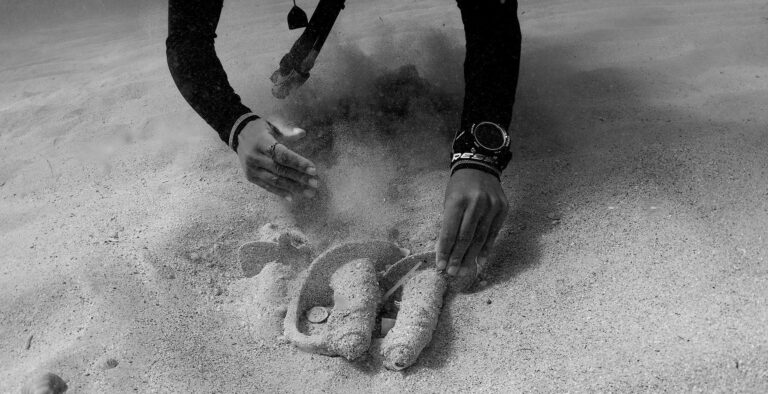Lazy cavemen in Spain used to eat other humans to save energy as they were easier to catch than animals, a study has claimed.
The study was headed by scientists Jesus Rodriguez, Ana Mateos and Guillermo Zorrilla, members of the National Research Centre on Human Evolution (CENIEH), and published by the ‘Journal of Human Evolution’.
Research conducted at the important archaeological site of Atapuerca in the northern Spanish province of Burgos looked at the cannibalistic behaviour of the Homo antecessor communities around a million years ago.

The study concluded that anthropophagy, the eating of human flesh by other humans, was a profitable strategy at the time.
Researchers re-examined data from previous studies and adopted the scientifically-accepted principle that animals adapt their feeding strategies to optimise the cost-benefit balance.
A surprising result showed that humans were consumed in a much higher proportion than expected from their numbers relative to other animals.
This is also explained by a high encounter rate between humans at the time, with Mateos saying: “For Homo antecessor, it was easier to encounter a human than another animal.
“One possible explanation for this high encounter rate between humans was that the cannibalised cadavers were those of group members who had died from different causes.”
Scientists compared the amount of food that would have been available from animals consumed by Homo antecessor with the effort needed to obtain it.
Meanwhile, they also calculated the cost-benefit of consuming other humans when compared with data for other prey.
Rodriguez said: “Homo antecessor, like any predator, selected its prey following the principle of optimising the cost-benefit balance, and showed that, considering this balance, humans were a ‘high-ranked’ prey type.
“This means that, when compared to other prey, a lot of food could be obtained from humans at relatively low cost.”
To find out more about the author, editor or agency that supplied this story – please click below.
Story By: Ana Lacasa, Sub-Editor: Michael Leidig, Agency: Central European News




